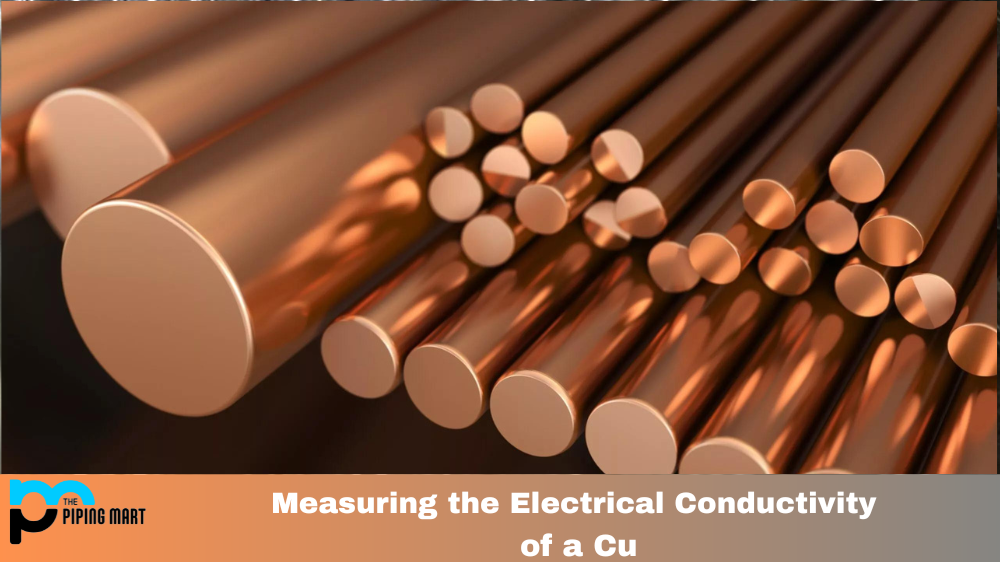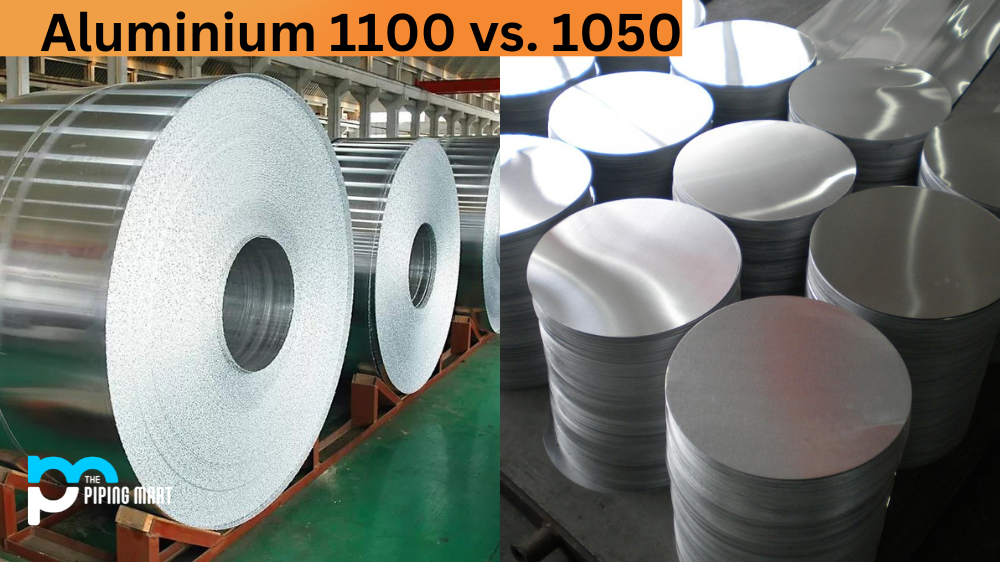Alloys are combinations of two or more metals that yield new and improved properties. One such property is electrical conductivity, which is important for many applications in various industries. In this blog post, we will discuss how to measure the electrical conductivity of a copper-nickel alloy (Cu-Ni).
Measuring electrical conductivity involves passing an electric current through a sample material and measuring its resistance. The four-probe technique is the most commonly used method to measure the electrical conductivity of alloys. This technique uses four probes placed on the surface of the sample material, with one probe connected to a source voltage and another probe connected in series to a load resistor. The other two probes act as voltage monitors to measure the voltage drop across the sample material. The measured parameters are then used to calculate the resistivity and electrical conductivity of the alloy using Ohm’s law.
The accuracy of four probe technique depends on several factors, including contact resistance between probes and sample material, temperature coefficient of resistance (TCR), sample geometry, and degree of homogeneity in the alloy composition. To ensure accurate measurements, it is important to use high-quality probes with low contact resistance and consistent TCR values over the temperature range. It is also important to use a well-characterized sample with uniform geometry and homogeneous composition throughout its volume.
Another method for measuring electrical conductivity is eddy current testing (ECT). This method uses the electromagnetic induction principle where an alternating current passes through a coil placed near or on top of a test specimen, creating an eddy current in it, which produces an opposing magnetic field due to Faraday’s Law. The magnitude of this magnetic field can be measured using an appropriate sensor which can then be used to calculate the resistivity and electrical conductance of the test specimen based on its geometry and composition. ECT is faster than four probe technique while providing sufficient accuracy for most industrial applications.
Conclusion:
In conclusion, measuring electrical conductivity in alloys requires careful selection of measurement techniques based on application requirements such as accuracy, speed, cost, etc., as well as consideration for factors like sample geometry and composition homogeneity that can affect measurement accuracy. Four probe technique provides high accuracy but can be slow compared with eddy current testing while providing less flexibility in terms of geometries that it can measure accurately. Engineers can ensure accurate results quickly without sacrificing cost or time efficiency by understanding these considerations when determining how best to measure the electrical conductivity in alloys.

Pipingmart is B2B portal specializes in industrial, metal and piping products. Also, share latest information and news related to products, materials and different types grades to help business dealing in this industry.




